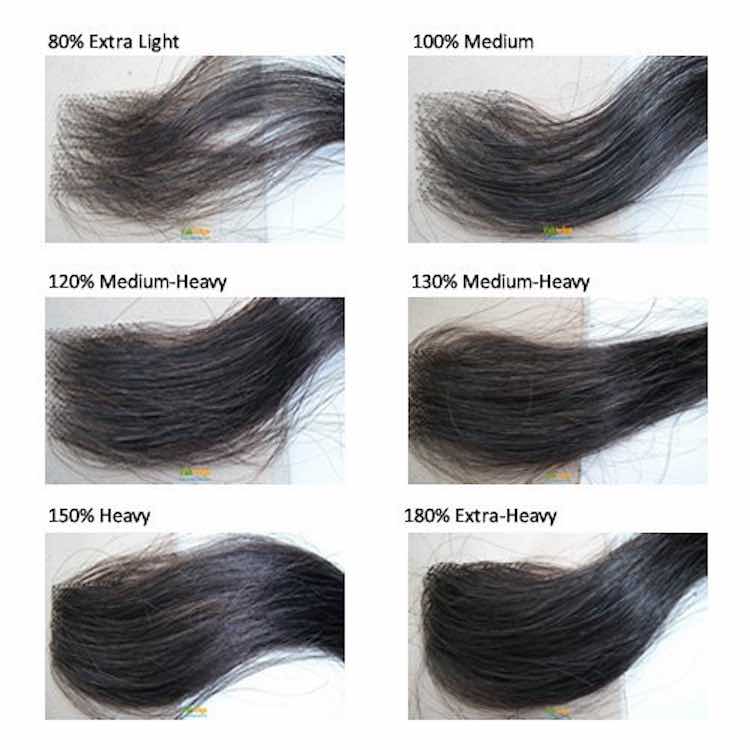
Hair density, which refers to the number of hairs per square centimeter of the scalp, is mainly determined by genetics. However, nutritional deficiencies can contribute to low or patchy hair growth. Maintaining a diet rich in green vegetables and vitamins can help maximize hair density.
The Ponytail Test: An Easy DIY Method
You can measure your hair density at home by performing the ponytail test. Tie your hair up in a ponytail and measure its circumference. The measurement will indicate whether you have low, medium, or high-density hair. The low density is typically under two inches, the medium density is between two to three inches, and the high density is four inches or more.
The Scalp Test: A Visual Evaluation
To determine your hair density without a phototrichogram, hairstylist Sophia Porter recommends pulling back a section of your frontal hair and examining your scalp in the mirror. If your scalp is easily visible, it suggests low hair density. If it requires some effort to see, it likely falls in the medium-density range.
Understanding Density vs. Thickness
It’s important to note that hair density is different from hair thickness. You can have both fine and dense textures simultaneously. However, you can improve the appearance of density through scalp treatments, proper nutrition, and a diet rich in vitamins and minerals.
Professional Guidance and Advanced Testing
If you need more clarification about your hair density or need more accurate readings, it’s best to seek professional guidance. Techniques like trichoscopy or phototrichogram can provide precise measurements and help you develop a personalized hair care routine. However, these methods require extensive work and expensive equipment.
The Trichogram Test: Analyzing Hair Under a Microscope
A trigram involves examining hair samples from the scalp under a microscope. This technique allows clinicians to accurately determine hair density and growth rate and identify certain scalp conditions or issues.
Ethnic Differences in Hair Density
Hair density and diameter can vary across different ethnicities. Establishing normative values for specific populations, such as the Thai population, would be helpful for diagnostics and treatment monitoring. Research conducted among healthy Thai individuals showed variations in hair density based on gender and age, with the occipital area having a lower density than the vertex and the temporoparietal regions.

